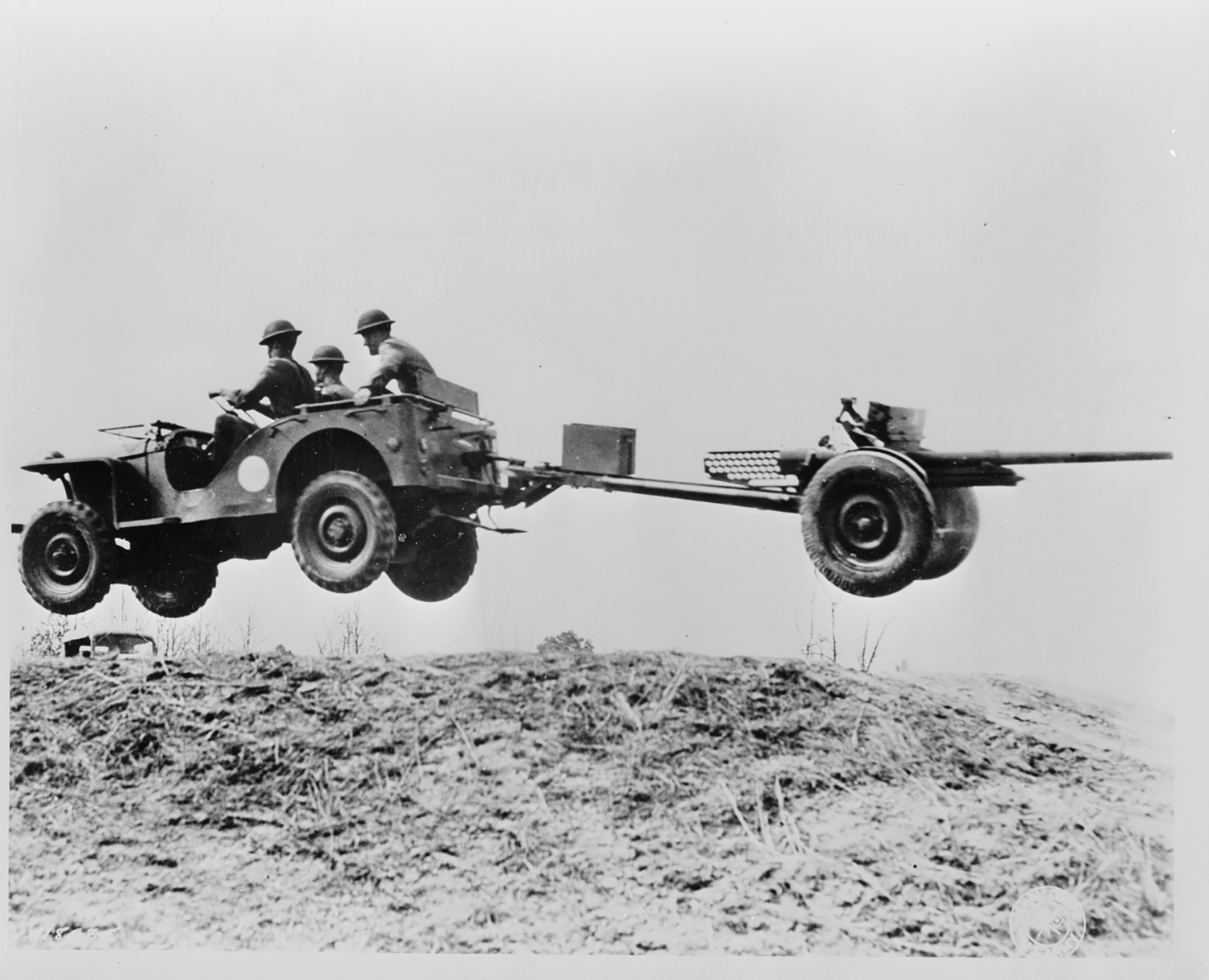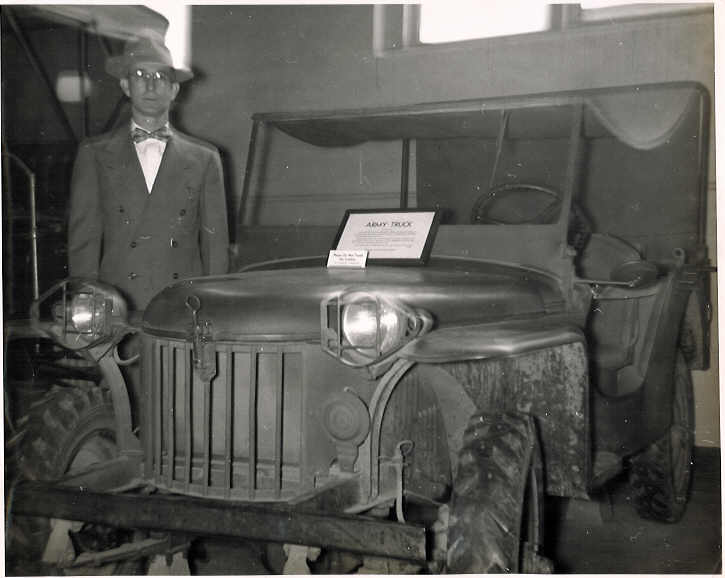
Happy 80th anniversary to the jeep, the tough motorized vehicle manufactured in 1940 by the American Bantam Car Company in Butler, Pa.
Just prior to our nation’s participation in World War II, the United States Army was in search of a motorized vehicle that would replace the horse. In 1940, the U.S. Quartermaster General issued a request for proposals to 135 car makers in America. The big car companies laughed off the 49-day deadline for the production of a prototype vehicle that would weigh less than 2,000 pounds, climb a 30-degree grade, pull a cannon, and go anywhere a horse could go.
Only one company met the Army’s deadline and requirements: the tiny American Bantam Car Company in Butler. After working day and night to meet the Army’s 49-day deadline, the jeep was born – cobbled together with equal measures of spare parts, ingenuity, and “can-do” spirit. Bantam was the only company to meet the Army’s deadline and on Aug. 5, 1940, was officially awarded a contract for 70 vehicles.
Originally called the “Bantam Reconnaissance Car,” historians have speculated that the jeep’s namesake was derived from “GP,” for General Purpose vehicles, while others believe it was named for Eugene the Jeep, a magical creature popularized in Popeye cartoons.

Over the next year, Bantam worked hard to produce jeeps. But by 1941, the government feared that little Bantam could not meet wartime production demands and turned to Willys Overland and the Ford Motor Company for nearly 700,000 vehicles. Today, the jeep is known worldwide as an American original.
You can see the world’s oldest surviving jeep (on long-term loan from the Smithsonian) in the History Center’s first floor Great Hall. Affectionately known as “Gramps,” the iconic vehicle recently had a special visitor to help mark its 80th birthday.
In 1954, Ralph Turner, one of the Bantam Car Company workers who helped build the jeep, visited “Gramps” while on display at the Smithsonian. Fast-forward to Sept. 21, 2020, when we were thrilled to welcome Ralph’s son Dave Turner, who stopped by the History Center to pay homage to one of Western Pa.’s greatest innovations and honor the legacy of his father.
Brady Smith is the Director of Communications and Marketing at the Heinz History Center.

